#18th-19th century european art
Text
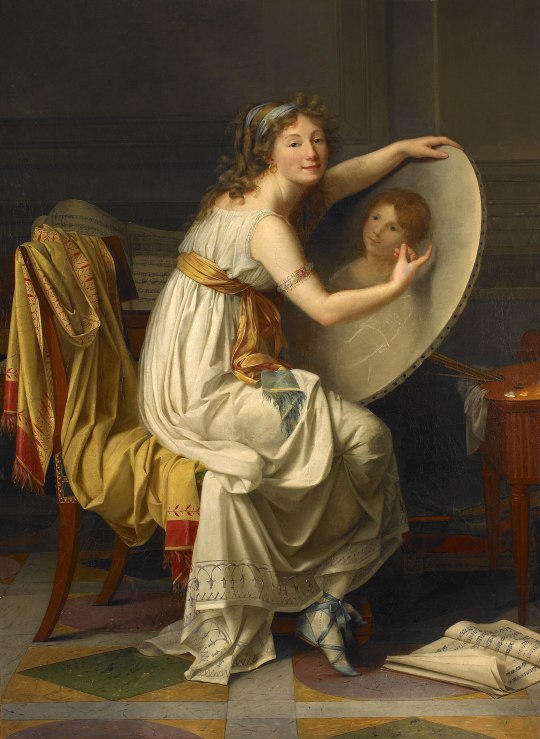
Attributed to Adèle Romany (French, 1769–1846) • Presumed Self-portrait • c. 1779
#art#painting#fine art#self portrait#art history#neoclassicism#french artist#woman artist#woman painter#oil painting#adèle romany#18th-19th century european art#pagan sphinx art blog#art blogs on tumblr#art lovers on tumblr#art & beauty
55 notes
·
View notes
Text
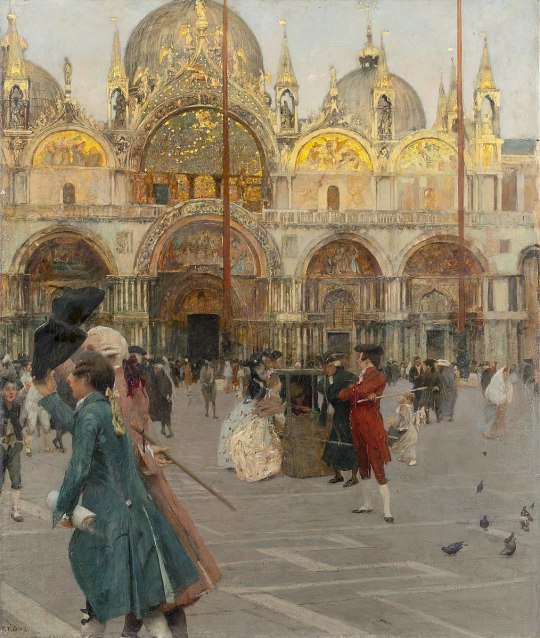
San Marco, eighteenth-century scene; 1892
By Ettore Tito
#art#painting#fine art#classical art#italian art#italian artist#italian painter#19th century art#oil painting#18th century#aesthetic#italy#venice#architecture#san marco#beauty#europe#european art
1K notes
·
View notes
Text
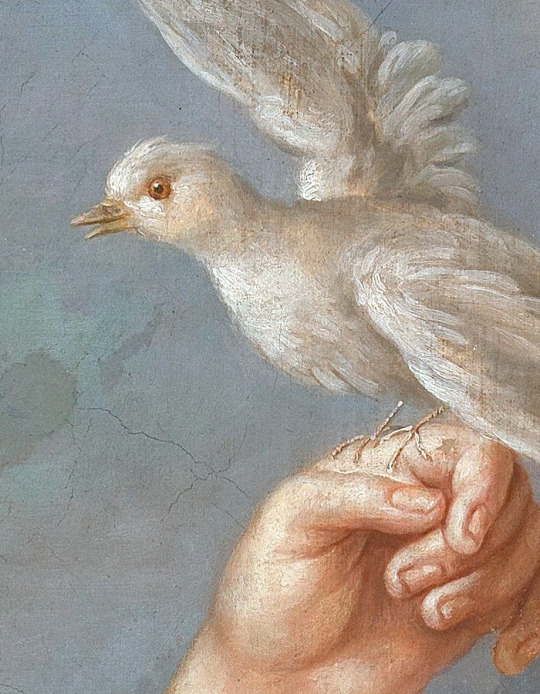
Young Woman with Bird (detail), painted by a follower of Élisabeth Vigée Le Brun (1755-1842), unknown date. Oil on canvas.
#elizabeth vigee le brun#18th century#19th century#art#history#french art#european art#art detail#1700s#1800s
1K notes
·
View notes
Text
#TextileTuesday:
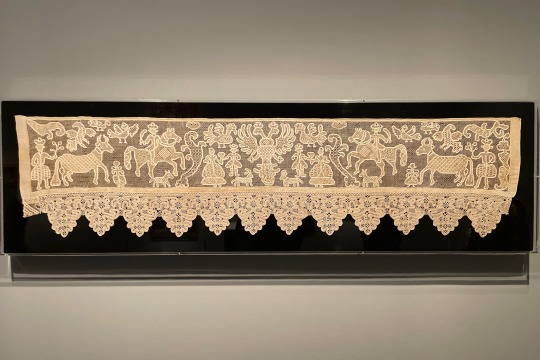
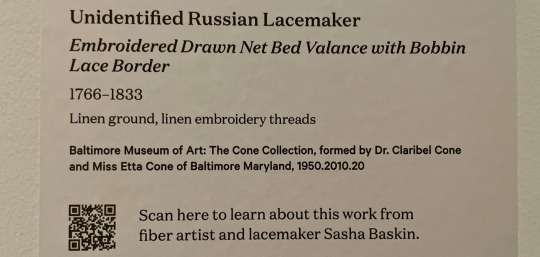


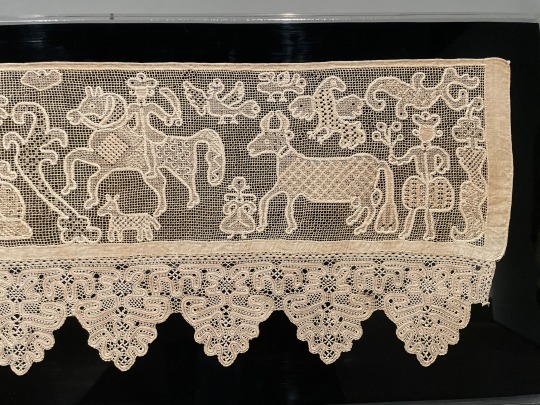
Embroidered Drawn Net Bed Valance with Bobbin Lace Border
Russian, 1766-1833
Linen ground, linen embroidery threads
The Cone Collection, BMA
on display at “Making Her Mark: A History of #WomenArtists in Europe, 1400-1800” exhibition at Baltimore Museum of Art
#animals in art#european art#museum visit#Russian art#18th century art#19th century art#Textile Tuesday#double eagle#textiles#lacework#embroidery#exhibition#women artists#Cone Collection
648 notes
·
View notes
Note
Hey there, it's the anon who asked about Maria Reynolds! I realized in hindsight (read: two seconds after I sent the ask lmao) that I got her mixed up with Maria Cosway, and then I realized that I don't know crap about her either. Reading past posts you seem to mostly cover stuff about Hamilton and the people surrounding him, and also Maria Cosway isn't American lol, but I hope you don't mind me at least asking anyway? Sorry for rambling it's cool if you don't answer
hey welcome back! don't worry, you're not the first nor the last person to do that lol. and don't worry! europeans are welcome here, so maria cosway is fair game for asking about. however, apologies for asking questions aren't so i hate you (jk ily <3) now i won't be able to go into as much detail because im not drawing from much of my own personal knowledge, but my internet sources will be linked!

Source: The Judgment of Korah, Dathan and Abriam by Maria Louisa Catherine Cecilia Hadfield Cosway
Maria Louisa Catherine Cecilia Hadfield Cosway was the first child of two hotel owners in Florence, Italy. As a young girl in a convent, she showed proficient artistic talent in both drawing and music. She was educated by Johann Zoffany and introduced her to other European artists.
She began painting by copying other works when she began to get recognition, allowing her to travel Italy. After her father's passing, she moved to London in 1779 and became well connected. One such connection was with Angelica Kauffman Church (not the same as Angelica Schuyler Church, though she was friends with her two) who was also a female painter.
Maria was introduced to Richard Cosway in London, and they were married in January 1781 for primarily financial reasons. The couple were within the most fashionable circles of the time. In 1786, the Cosways went to Paris where they met Thomas Jefferson. Maria and Jefferson became friends who flirted an excessive amount, and I found a really interesting article on that here.
Unfortunately, her husband was a grade-A asshole who wouldn't sell her works and stunted her artistic growth. I'm an artist, and I can tell you, a few months off can really do a lot of damage to your muscle memory and suddenly everything you put on paper looks like absolute shit, so I feel for her.
Maria had her only daughter, Louisa Paolina Angelica, in May 1790 but her health suffered afterwards. She went to Italy to recoup and returned to London in 1794. In 1796, her daughter tragically died.
Maria coped by turning to religion, Catholicism to be specifically (been there too, she just like me fr). However, on the plus side, she got her prints published by Rudolph Ackermann and made etchings of paintings at the Louvre which had been stolen during the Napoleonic Wars. She actually knew the Bonapartes personally and their patronage allowed her to open a girls' school at Lyons in 1803, which is so badass. She would later open another school for girls in Lodi in 1812.
Her husband died in 1821, and she sold his work at auction. She used some of the profit from these sales to fund her school in Lodi which is so fucking metal. She was actually made a baroness by the Austrian Emperor and Empress after they visited her school. That's also fucking metal.
She lived the rest of her life in Lodi where she died in 1838 near her school. In conclusion, Maria Cosway was more badass than I realized, and I think she's absolutely lovely. RAHHH WOMEN!!!
I hope this has helped. Again, sorry I haven't been able to go as in-depth, but I don't know Maria like that. I'm gonna give you extra sources just because I love you so much. I hope you can find a jumping off point!! European painters are always interesting, especially if they're badass, metal women who kick names and take ass, so I encourage you to do more research!!!
Sources: Maria Cosway- Royal Academy of Arts
Royal Collection Trust- Maria Cosway Collection (this has her art!!)
American Heritage- Thomas Jefferson and Maria Cosway (this was quoted in the post!)
Yale Center for British Art- Maria Cosway Was a Part of England's First Celebrity Art Couple
#history#maria cosway#maria hadfield cosway#european history#italian history#art history#women's history#18th century#1700s#1800s#19th century#thomas jefferson#angelica schuyler#angelica schuyler church#asks
16 notes
·
View notes
Text
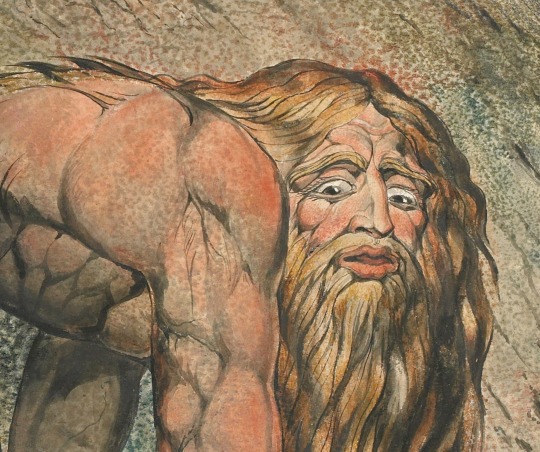

Nebuchadnezzar
William Blake, ca. 18-19th century
Blake’s print presents the brier with a King facing madness. Crawling like hunted prey, hair tangled and sweeping his surroundings, nails overgrown reminiscent of the talons of vultures, wide eyes filled with terror. The tale of Nebuchadnezzar concerns a Babylonian King drawn to madness and isolation until he surrenders to the power of God. His fate if not to surrender is to be driven away from people, to willfully live as a wild animal,
#art#art history#history#modern art#animals#avant garde art#christian art#biblical#biblical art#catholocism#nebuchadnezzar#william blake#romanticism#realism#european art#18th century#19th century#art print#horror art
34 notes
·
View notes
Text






The art of Hubert Robert
Hubert Robert (22 May 1733 – 15 April 1808) was a French painter in the school of Romanticism, noted especially for his landscape paintings and capricci, or semi-fictitious picturesque depictions of ruins in Italy and of France.
The contrast between the ruins of ancient Rome and the life of his time excited his keenest interest. He worked for a time in the studio of Giovanni Paolo Panini, whose influence can be seen in the Vue imaginaire de la galerie du Louvre en ruine (illustration). Robert spent his time in the company of young artists in the circle of Piranesi, whose capricci of romantically overgrown ruins influenced him so greatly that he gained the nickname Robert des ruines. The albums of sketches and drawings he assembled in Rome supplied him with motifs that he worked into paintings throughout his career.
#hubert robert#romanticism#late 18th century#early 19th century#picturesque#capricci#landscape painting#oil an canvas#european art#ancient ruins#ancient rome
5 notes
·
View notes
Text
once you learn about impressionsts japonisme and 18th century chinoiserie you see it Everywhere
#txt#chinoiserie was a lot more 18th century european art#and japonisme started in the 19th century because of japan opening up trade#but man really like#its everywhere in european art of the 19th century ESPECIALLY impressionists#like ofc monet. his bridges his landscapes#but then#cassat and van gogh and degas and manet
2 notes
·
View notes
Photo

Henry William Pickersgill (English, 1782-1875)
Emily Maria Pickersgill, later Mrs George Hebberd Cable (1837 -1924) in Spanish Costume, 1850
#Henry William Pickersgill#english#england#Emily Maria Pickersgill#Mrs George Hebberd Cable#art#spanish#europe#european art#european#brunette#female portrait#woman#18th Century#19th Century
21 notes
·
View notes
Text
seemingly cool fiber arts person i followed a little bit ago just put radfem shit on the dash, anyway the blanket statement that the only contributions of men to textile production are capitalist/exploitative and the only contributions of women are household-centric/victimized is patently untrue. while less of a documented presence, women in medieval europe [1] absolutely participated in weaver's guilds and commercial cloth production [2], and men have been participating in household knitting in all parts of europe for as long as knitting has been a thing there [3]. like i'm not trying to say women haven't been deeply excluded from economic opportunities in the textile trade for centuries but you cannot be making sweeping statements like that about everyone in every part of the world through all of history and expect them to be true. do, like, a basic level of research and have a basic understanding of nuance, i beg of you [4]
footnotes/sources/etc under the cut, sources are a bit basic because i just grabbed whatever was nearest to hand but they should suffice to prove my point:
[1] i'm only referring to western europe here because that's the only region i feel comfortable talking about in any detail without embarrassing myself. systems of medieval cloth production in european guilds are not gonna look anything like the systems of hundreds of servants employed to do textile production for a household in china. don't make categorical statements about everyone everywhere all at once, you will end up with egg on your face.
[2] quotes from "when did weaving become a male profession," ingvild øye, danish journal of archaeology, p.45 in particular.
england: "in norwich, a certain elizabeth baret was enrolled as freeman of the city in 1445/6 because she was a worsted weaver, and in 1511, a riot occurred when the weavers here complained that women were taking over their work" + "another ordinance from bristol [in 1461] forbade master weavers to engage wives, daughters, and maids who wove on their own looms as weavers but made an exception for wives already active before this act"
germany: "in bremen, several professional male weavers are recorded in the early fourteenth century, but evidently alongside female weavers, who are documented even later, in 1440" -> the whole "even later" thing is because the original article is disputing the idea that men as weavers/clothiers in medieval europe entirely replaced women over time. also: "in 1432-36, a female weaver, mette weuersk, is referred to as a member of the gertrud's guild in flensburg, presently germany"
scandanavia: "the guild of weavers that was established in copenhagen in 1500 also accepted female weavers as independent members and the rules were recorded in the guild's statutes"
[3] quotes from folk socks: the history and techniques of handknitted footwear by nancy bush, interweave press, 2011, don't roast me it was literally within arm's reach and i didn't feel like looking up more stuff
uk/yorkshire dales: "...handknitting had been a daily employment for three centuries [leading up to 1900]. practiced by women, children, and men, the craft added much to the economy of the dales people." (p.21)
uk/wales: re the knitting night (noson weu/noswaith weu) as a social custom practiced in the 18th/19th c.: "all the ladies would work on their knitting; some of the men would knit garters" (p.22)
uk/channel islands: "by the early seventeenth century, so many of the islands' men, women, and children had taken up the trade of knitting that laws were necessary to keep them from knitting during harvest" (p.24) -> this one is deeply funny to me, in addition to proving my point
uk/aberdeen: "the knitters, known as shankers, were usually women, but sometimes included old men and boys" (p.26)
denmark: "with iron and brass needles, they made stockings called stunthoser, stomper, or stockings without feet, as well as stockings with feet. the men knit the legs and the women and girls made the heels" (p.32)
iceland & faroe islands: "people of all ages and both sexes knit at home not only for their own use but for exportation of their goods as well" (p.35)
[4] actually? no. i'm not begging for shit from radfems. fuck all'a'y'all.
#fuck it maintagging because i'm genuinely deeply annoyed about this#eta: un-maintagging bc after a couple days' reflection - i stand by the substance of what i said but i don't stand by my tone or attitude#shoot-from-the-hip reactionary anger is seldom effective and more to the point it's not a response of grace or love & i should do it less#aggressive linguistic prescriptivism#<- personal fiber arts category tag#<- that tag can stay tho i think this is an internal use only kinda post
186 notes
·
View notes
Text
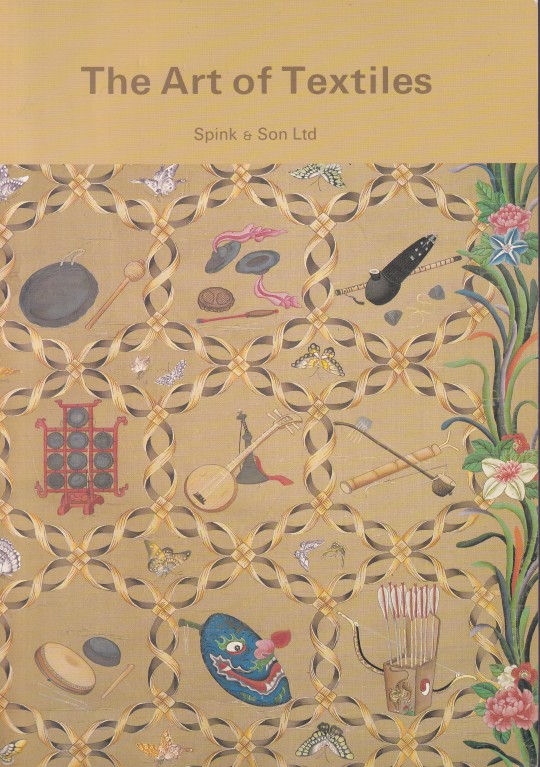

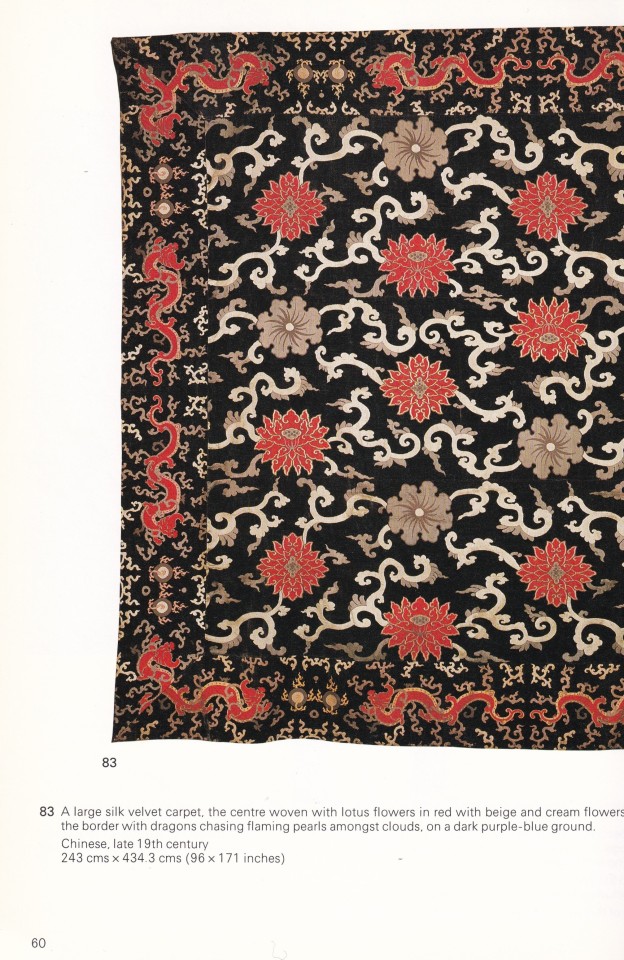


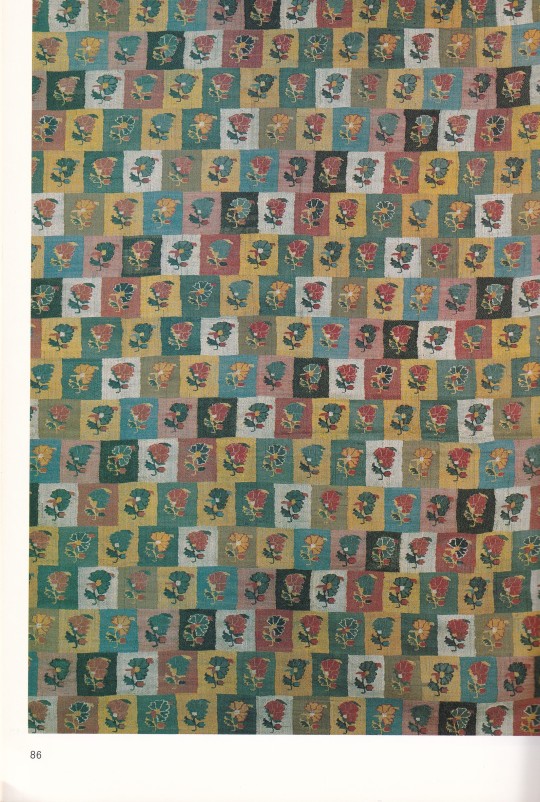
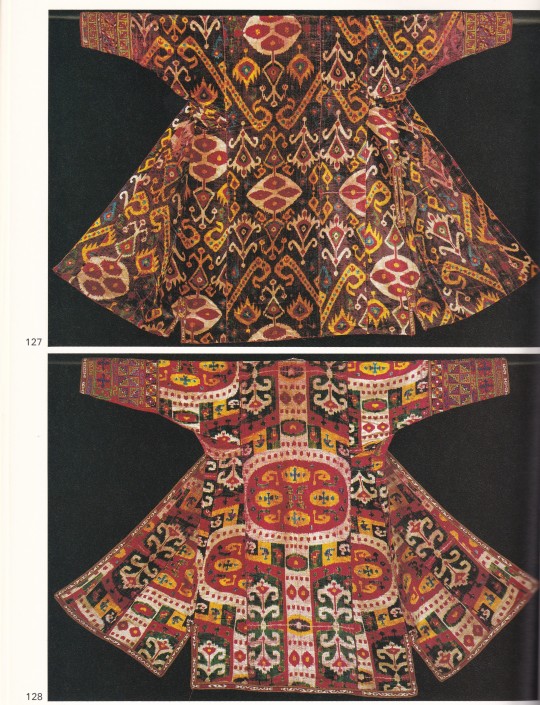
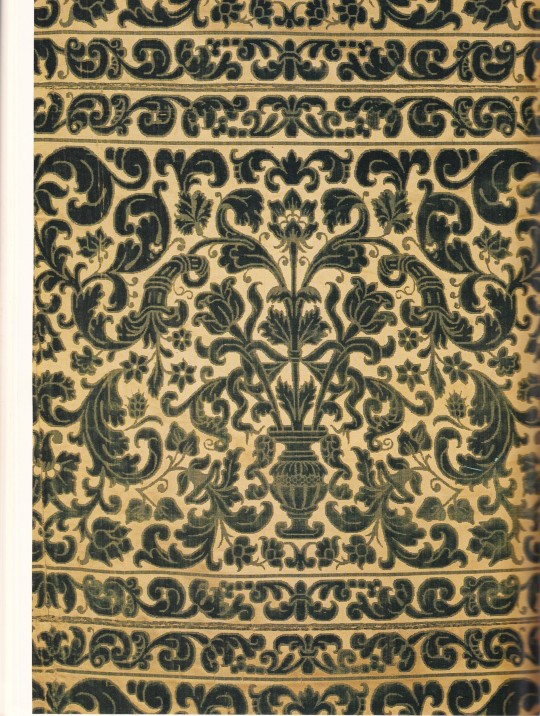
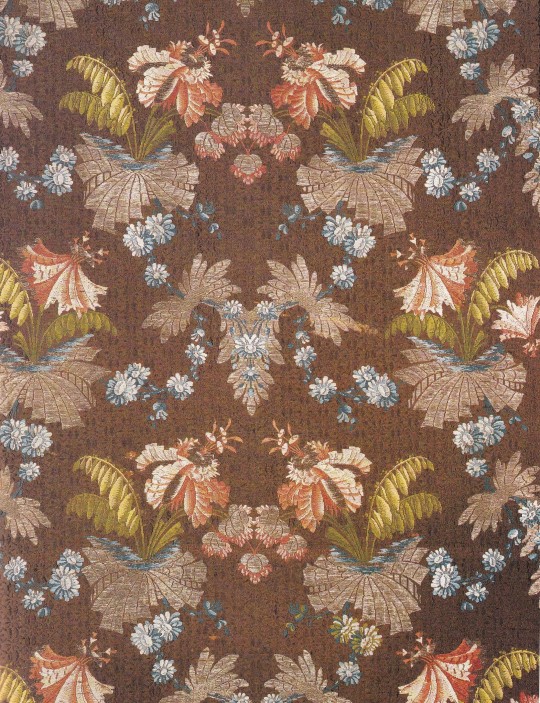



The Art of Textiles
Spink & Son, London 1989, 167 pages, 21x29 cm, paperback
An exhibition for sale Spink & Son Ltd at St James's, London, SW1Y 6QS December 1989
euro 30,00
email if you want to buy [email protected]
Textiles from China, India, Turkey, Europe
Japanese and Chinese Textiles 10th-19th century
Chinese Textiles for Export 17th-18th century
Indian Court and Export Textiles
Islamic Textiles 7th-19th century
Costumes from Uzbekistan and Chinese Turkestan
European Textiles and Ecclesiastical Vestments
Silk and Velvet from Spain,France and Italy
English Figured Silk,Velvet and Chimoiserie Embroidery
19th and 20th century European Woven,Embroidered and painted textiles
09/02/24
16 notes
·
View notes
Text
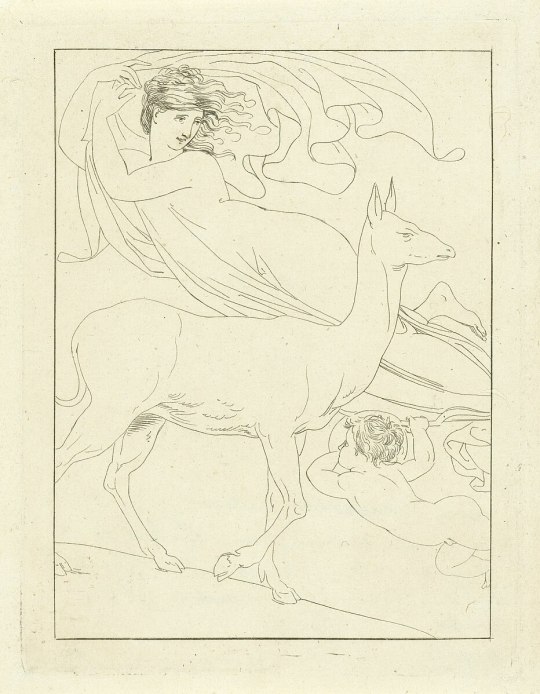
Venus and Amor floating in the sky near deer
Print by Jean Augustin Daiwaille after a drawing by David Humbert de Superville
#art#painting#fine art#classical art#dutch art#dutch painter#dutch artist#drawing#etching#mythology#mythological art#roman mythology#european mythology#european art#18th century art#19th century art#print#beauty
16 notes
·
View notes
Note
Literally the first thing on google: “Orientalism, Western scholarly discipline of the 18th and 19th centuries that encompassed the study of the languages, literatures, religions, philosophies, histories, art, and laws of Asian societies, especially ancient ones. Such scholarship also inspired broader intellectual and artistic circles in Europe and North America, and so Orientalism may also denote the general enthusiasm for things Asian or “Oriental.” “ - brittanica.com
And so many other sources. Where the fuck did you see “Middle East”??? Where??? Especially when the word “oriental” has always been used to refer to Asia and Asian cultures???
Dude. Orientalism by Edward Said — the cornerstone text in postcolonial studies — is the reason we see Orientalism as a negative word today, instead of a mere descriptor of an artistic and intellectual movement (which is the definition you listed: ask yourself, what’s wrong with Europeans studying Asia? It’s the accompanying project of imperialism that makes Orientalism actually harmful). The book critiques the political ramifications of Orientalism and it was primarily about the Middle East, because when Europeans wrote about the Orient in the 19th century they usually meant the Near East. “Oriental” only began to encompass “everything east of Istanbul” much later.
to recap: the issue with Orientalism is that it contributed to the justification for imperialism and colonialism by positing the West as rational and enlightened, in stark contrast to the Orient. Orientalism does not mean “Westerners taking inspiration from Asia is bad.” Westerners taking inspo from Asia can be icky, or odd, and maybe ATLA can fall under that category, but that’s a matter of taste and not morality.
#Having spent my undergrad years in institutions where postcolonialism-the-field was basically founded means I picked up a few things I guess#can i ask you a question?
9 notes
·
View notes
Text
Touring The Frick Pittsburgh today…sadly only one cat found for #Caturday but it’s an awesome one! LOOK AT THE THAT FLOOFY BELLY 😍

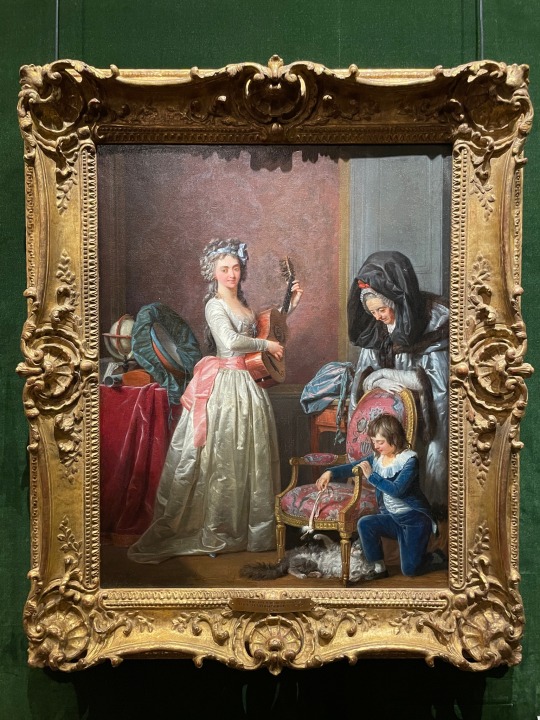

A Young Woman Playing a Guitar, attributed to Michel Garnier (French 1753-1819), n.d., oil on canvas. The Frick Pittsburgh collection.
#cat#cats in art#painting#oil painting#18th century art#19th century art#European art#French art#Michel Garnier#The Frick Pittsburgh#Caturday#museum visit#animals in art
184 notes
·
View notes
Note
In which decade bloodborne set approximately? I know what this is fantasy and sir miyazaki likes to combine things from different periods but which will most likely be exact decade or multiple decades? I am starting a new hobby, creating historical garments. Today me and my friend were chatting, and i showed her edwardian combinations underwear. You can google it, such i piece of art. My friend also said how Maria would look beautiful in it. But i thought what it is too late for our lady huntress's life to wear it. So what your thoughts on period game set in?
That sounds delightful! Enjoy :)
I don’t think it’s meant to be any specific period with any exactitude. I wouldn’t look at it as a painting, anyway, where one could identify the lace and tell you what portion of the middle class wore this lace during what decade of Victoria’s reign. I think everything is very generally Victorian-adjacent, and not worth niggling over this hat is technically Georgian or this coat is technically Edwardian. The tricorne hat was supposedly falling out of favour by the Napoleonic wars, and yet it’s THE headpiece par excellence; while the Doll’s bonnet puts her a little further in the early/mid 19th. The Cainhurst silhouette is at once strikingly and bizarrely 18th century French, and also not at all. We also know BB borrows A TON from Christophe Gans’ hilarious cringefest Le pacte des loups which is much more overtly pre-(French)-Revolution in aesthetic/costumes.
So to me, there’s no hard and fast rule based on the overarching aesthetic, except maybe “Victorian-adjacent fantasy”. It feel as if the narrative team threw everything in there from Matthew Gregory Lewis’ The Monk (1796) to Stoker’s Dracula (1899) - this goes without even mentioning Lovecraft - and already we are far beyond the length of Victoria’s reign. The same goes for the architecture - while generally Neo-gothic/gothic revival, there is a ton of other European influence as well.
I made a post about this concerning Game of Thrones a little while back, which is to say some of the more brilliant art directors/costume designers will know exactly what they are sourcing overall and then allow themselves a creative freedom above that historically recognisable framework, so the visuals seem at once glaringly familiar yet not constrained to accuracy.
Tldr; you can dress ‘em up however you like.
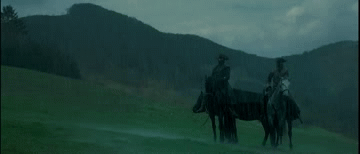
in conclusion watch Le pacte des loups because even if it's a joke the costumes are great and Vincent Cassel is absolutely hammy in it.
•‿•
#ask#still going through the ask box#painfully slowly sorry#bloodborne#ask the art historian who is definitely not a costume historian and definitely not specialised in anything pre 20thc.
21 notes
·
View notes
Text
Did you know that some of America’s most popular candies (Tootsie Rolls! Peeps! Peanut Chews!) were invented by Jews?
How and why this came to pass is a remarkable tale that needs no sugarcoating.
In the 18th and 19th centuries, Jewish beet farmers throughout the Russian empire produced the bulk of the sugar necessary to satisfy the high demand of the European market. When many of these impoverished farmers fled their shetls at the turn of the 20th century and immigrated to the United States, they leveraged their sugar-processing skills to find employment in candy factories.
Many went on to open their shops; such is the case with Morris “Moishe” Cohen, founder of New York’s famous Economy Candy. Cohen, whose primary trade was shoe and hat repair, ran a sweets cart originally as a side hustle, but found that during the Depression, candy rather than cobbling was bringing in more cash. In 1937, Cohen converted his shop into a full-time confectionary selling sweetmeats, dried fruit, nuts, and gift baskets. More than 80 years later, Economy Candy is still run by Cohen’s descendants and has become a landmark for its incredibly vast (2,000 items and counting) selection of current, vintage and hard-to-find candies.
instagram
Having come from an esteemed line of candymakers in his native Austria, Leo Hirshfield simply thought he was carrying on his familial legacy when he opened his corner candy store in New York in 1896. But in 1908, he unknowingly permanently made the world a little sweeter upon rolling out his own personal invention: a chocolate-flavored chewy cylindrical roll he dubbed “Tootsie,” after his pet name for his daughter Clara.
instagram
A similar sweet success story is that of Romanian immigrant David Seltzer. After setting foot in his new home of Philadelphia, Seltzer made two fortuitous decisions. First, he changed his name to Goldenberg (a variation of Goldberg, which he heard was a “good” name to have in the United States), thereby relieving himself of a moniker that might have condemned him to a career involving bubbly water. Second (and to seal the deal), he went to work making carnival treats, then eventually transitioned into running his own candy business. One of Goldenberg’s most popular creations was a chewy walnut and molasses candy. Later, he swapped walnuts for more cost-effective peanuts, and Goldenberg’s Peanut Chews were born. During the First and Second World Wars, Goldenberg won numerous government contracts to produce Peanut Chews as a “nutritious” non-ration bar for American soldiers.
The flourishing family business was passed on to Goldenberg’s children, Sylvia and Harry, the latter of which passed it onto his sons, Ed and Carl, the latter of which passed it on to his son (also named) David. This great grandson of the original founder eventually sold the Peanut Chew empire in 2003 to Just Born candy company, which still produces the candy to this day under the Goldenberg name.
instagram
Jewish owned and operated Just Born company was also the catalyst for pioneering another classic confection. In 1953, the candy conglomerate acquired the Rodda company, which at the time devoted the majority of its production capacity to churning out jelly beans, only occasionally dabbling at the (significantly more labor-intensive) marshmallow treats known as Peeps. After owner Sam Born’s son Robert invented a machine that reduced production time from 27 hours to six minutes, the company rapidly became the world’s leading manufacturer (irony noted) of arguably America’s most iconic Easter candy.
instagram
What is perhaps most compelling about these bonbon backstories is that Hirshfield, Goldenberg, and others took what many might relegate as culinary juvenilia, candymaking, and demonstrated its potential as a form of high art by designing confections that made a lasting impact on the gastronomic landscape. In summarizing the American candy tradition, one might riff on the famous Marvin Gaye lyric, How sweet it is — and it’s made by Jews.
8 notes
·
View notes